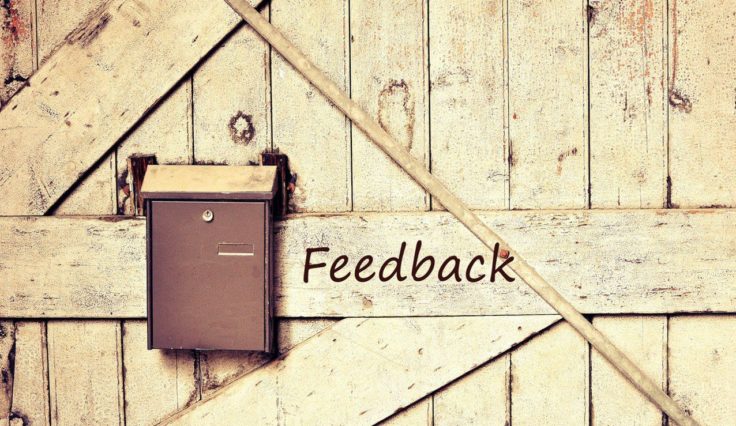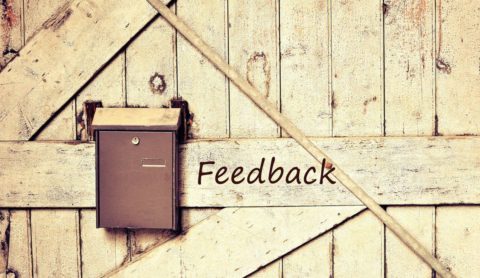Let’s take a moment to level-set. When you read the term continuous feedback, what do you think of? Conduct a web search on the term and about 70% of the articles that return address topics including managers scheduling continuous touchpoints with direct reports, capitalizing on teachable moments, coaching, etc. All components of continuous feedback. But what’s missing? DATA. For continuous feedback to be truly effective, the process must include a data gathering method to identify employee performance trends.
How organizations measure performance:
Consider this… it takes three data points to begin to identify a trend. But how do most organizations measure performance? There is typically a mid-year review and annual review, and potentially some sort of development activity in between. The resulting semi-annual performance data is then used as an input to other processes like compensation, variable compensation, talent review, succession planning, training needs, etc. This predominant organizational model of measuring performance is missing (at least) one data point to identify employee performance patterns. And to spot true trends, more than three data points should be used.
1. Know thy performance culture
You don’t need to do six months of analysis to get the right questions constructed and launch an organizational survey that provides insights into the performance culture at your organization. Just answer this simple question: Do managers in your organization view performance-related tasks as administrative and time-consuming, or as a development-driven, objective process worth the time spent? This simple question provides information on the approach to data-driven continuous feedback more than you may realize and informs decisions for system implementation and change management. For example, do you want to go ‘big-bang’ or take a phased approach? Remember, the minimum number of data points needed to start to see a trend is three. In organizations where the process is viewed as worth the time spent, you can be more aggressive and target a great number of touchpoints. If the process is currently seen as an administrative burden, target three data points and create a strong change management plan to achieve that goal.
2. Provide insight through aggregate reports with benchmarking
Why do managers view performance measurement processes as administrative? Often it is because they are asked to summarize performance for each employee over long spans of time with no objective data to reference. Think about the time it takes to accurately summarize performance over three or six months from memory (not valid or reliable) or worse yet just filling out the review ‘meets expectations’ to complete the process.
Now picture providing an aggregated report containing multiple data points that summarize employee performance over a span of time, with benchmarks of employees in a similar role or level, at the fingertips of these same managers. And then imagine feeding this data into the performance related processes like compensation, training needs, and succession decisions. Bingo!
3. Use both downward and upward feedback
When we think of performance reviews we think of feedback from manager to direct report. However, a data-driven continuous feedback approach can go upward as well. I can’t emphasize enough the importance for an organization to have a strong leadership pipeline based on objective data. Otherwise, business results can be impacted negatively or opportunities not fully realized. Managers who oversee the work of other managers will find it very useful to have the downward aggregation of feedback but also see the impact of an employee’s leadership and management coming from upward reviews.
What type of organizations can benefit from this approach?
This approach most readily fits organizations with a professional workforce that does non-repetitive, project related work to provide B2B or consumer related services and/or products. When working on an engagement, I must look at the data that is important to my client, how we can get to it, integrate it, as well as provide it as insights for use in measuring performance. Since we don’t use cookie-cutter approaches around here, getting down to the nitty-gritty data may widen the scope of successful engagements for various types of organizations.




